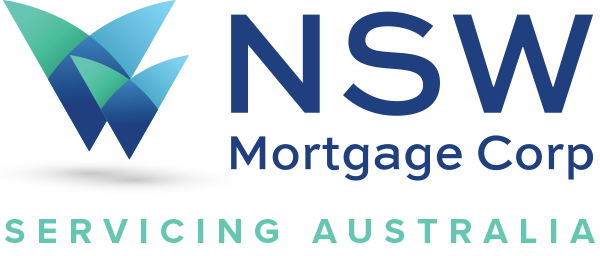Mortgages and refinancing, words that can cause anxiety and leave you feeling overwhelmed. However, refinancing your home loan can be very rewarding. Refinance under the right circumstances and you can significantly reduce your repayments as well as the term of your loan. So how do you refinance your house? It’s easier than you think.
What Is Refinancing?
Refinancing is where you negotiate for a new loan or loan terms, either with your existing lender or a new one. The goal, of course, is to improve your financial position through cheaper interest rates, lower fees, improved features and better repayment terms. Ultimately, refinancing can save you money and have you owning your home sooner.
Why Should You Refinance?
Refinance is a great option for borrowers who may have taken a loan out during a period of high-interest rates. It can also be beneficial for those whose circumstances have changed since taking out the initial loan. Think change of jobs with reduced income, having children or nearing retirement.
While refinancing can seem daunting, the benefits can seriously outweigh the hassles of the process. Take for instance this example from Investopedia ‘For a 30-year fixed-rate mortgage on a $100,000 home, refinancing from 9% to 5.5% can cut the term in half to 15 years with only a slight change in the monthly payment from $805 to $817.’
Refinancing can mean a significant reduction in your monthly repayments as well as the option to shorten the term of your loan. Giving you more opportunities to save, invest and be mortgage-free ahead of schedule.
When To Refinance Your House
Refinancing can cost between 2 and 5 percent of your loan’s principal. Because of this, it’s important to ensure that refinancing is a financially sound decision for you. During refinancing, your home will go through the same assessments as a new purchase, namely:
- An appraisal to ascertain the current value
- Title search to ensure no conflict with ownership
- Application fees
Interests rates fluctuate constantly, so how do you know when to refinance? The rule of thumb is to refinance when you have the opportunity to reduce your interest by at least 2%. However even a 1% shift can make a big difference to your repayments. You may like to refinance multiple times over the course of your homeownership when favourable interest rates occur.

How Do You Refinance Your House?
Once you have decided that you want to pursue refinancing, your first step should be to discuss it with your existing lender. Oftentimes it is entirely possible to refinance with the same lender. However, before agreeing with what they are offering, it pays to shop around.
Lenders want your business and therefore need to remain competitive, offering favourable terms and low-interest rates. If you’re feeling overwhelmed you may like to engage the help of a broker to hunt out the best deal for you. So how do you refinance your house? With careful planning and attention to detail.
Steps For Successful Refinancing
In order to obtain the best results refinancing and avoid complications, there are some steps you should take to prepare.
1. Determine why you want to refinance and weigh up the benefits against any negatives such as application fees.
2. Review your current financial situation and make sure you can answer the three P’s:
- The purpose of the refinance
- The person requesting the refinance and their financial (credit) history
- The payback, can you afford the repayments and does the value of your home support the loan amount at a resale value.
3. Try to negotiate with your current lender for a better deal.
4. Familiarise yourself with loan terminology to ensure you understand what you are researching or offered.
5. Ensure you understand how to compare your options. By approaching lenders directly, using comparison websites or a broker.
6. Learn how to apply for a refinanced loan, you will require a number of documents covering:
- Personal details. Name and address as well as proof of identity.
- Employment information. This usually includes a request for your employer’s number to verify your employment and duration of employment.
- Family situation. Covering dependants and any spouse that impact on your financial commitments.
- Proof of earnings. Have your payslips and recent tax returns handy.
- Assets. Including property, vehicles, home contents or collectables with valuation information.
- Liabilities. Any current debts in addition to your existing mortgage, such as credit cards, car loans, personal loans. You will need proof of amounts owed, payment history and payment arrangements.
- Expenses. A summary of your usual expenses, bills, groceries, school fees etc.
By following these steps, you have a better success rate on refinancing. Additionally, next time the question ‘how do you refinance your house?’ comes up, you will be completely prepared to help.

Be Informed, Be Prepared And Save
Wonder no more about how do you refinance your house. By following some simple steps and being prepared, you can make significant savings on your home loan. For support and expert guidance through the process, contact NSW Mortgage Corp. Our team of professionals can help you source and secure the best-refinanced loan.




